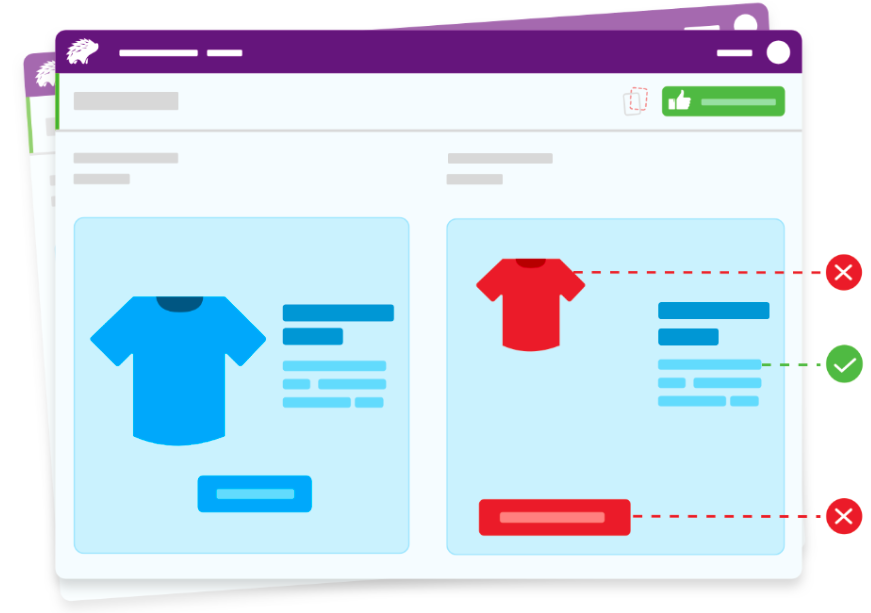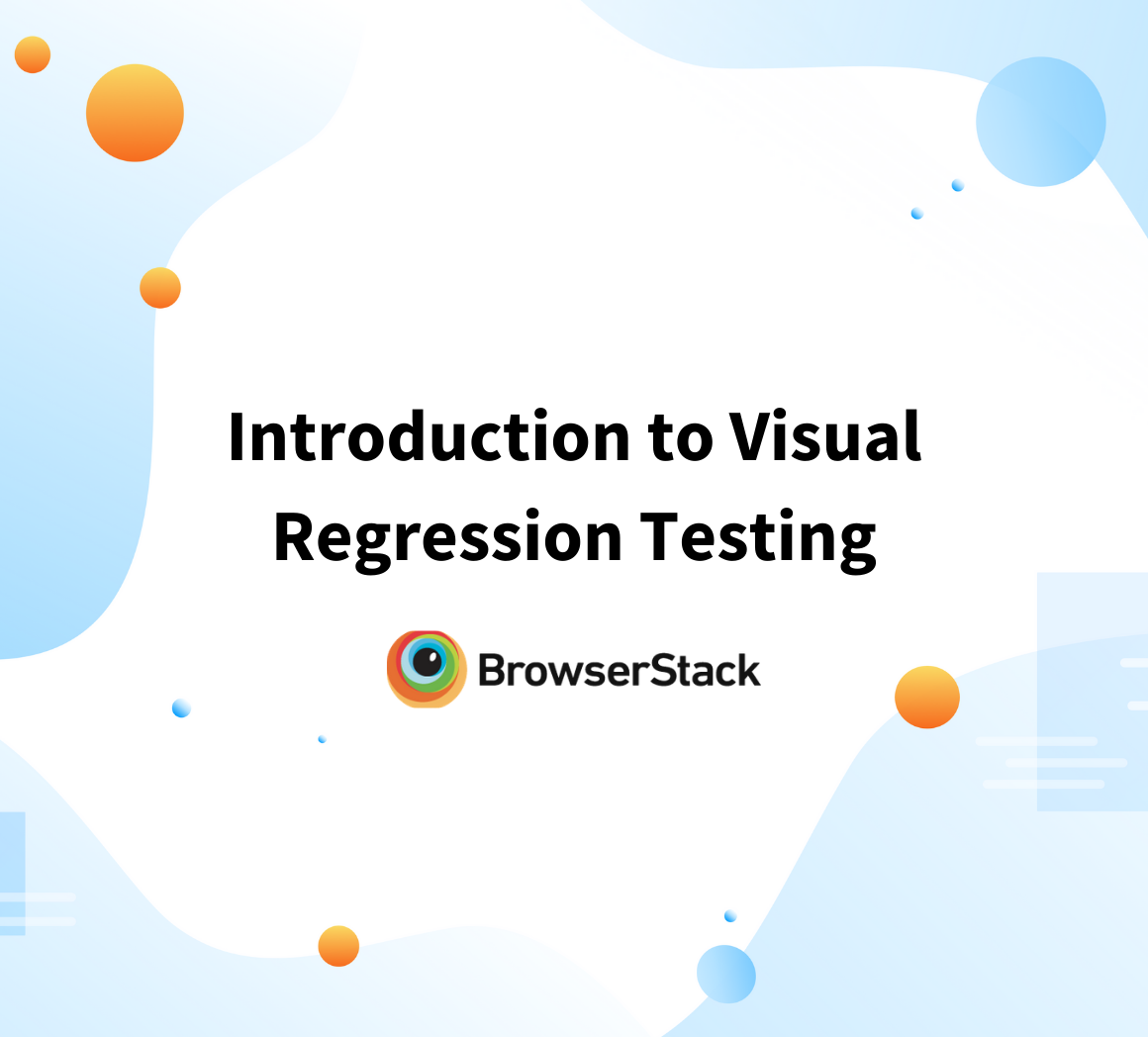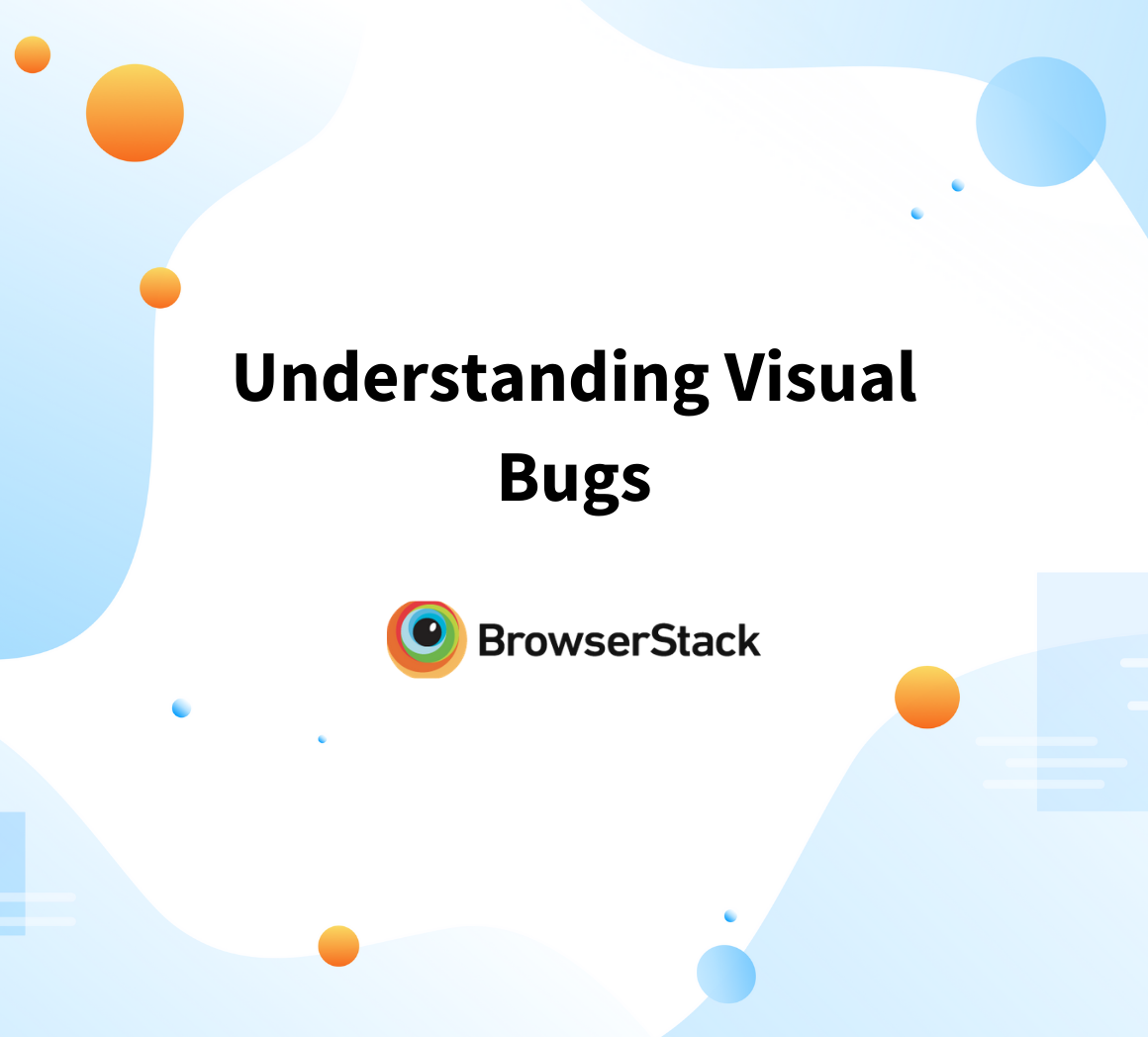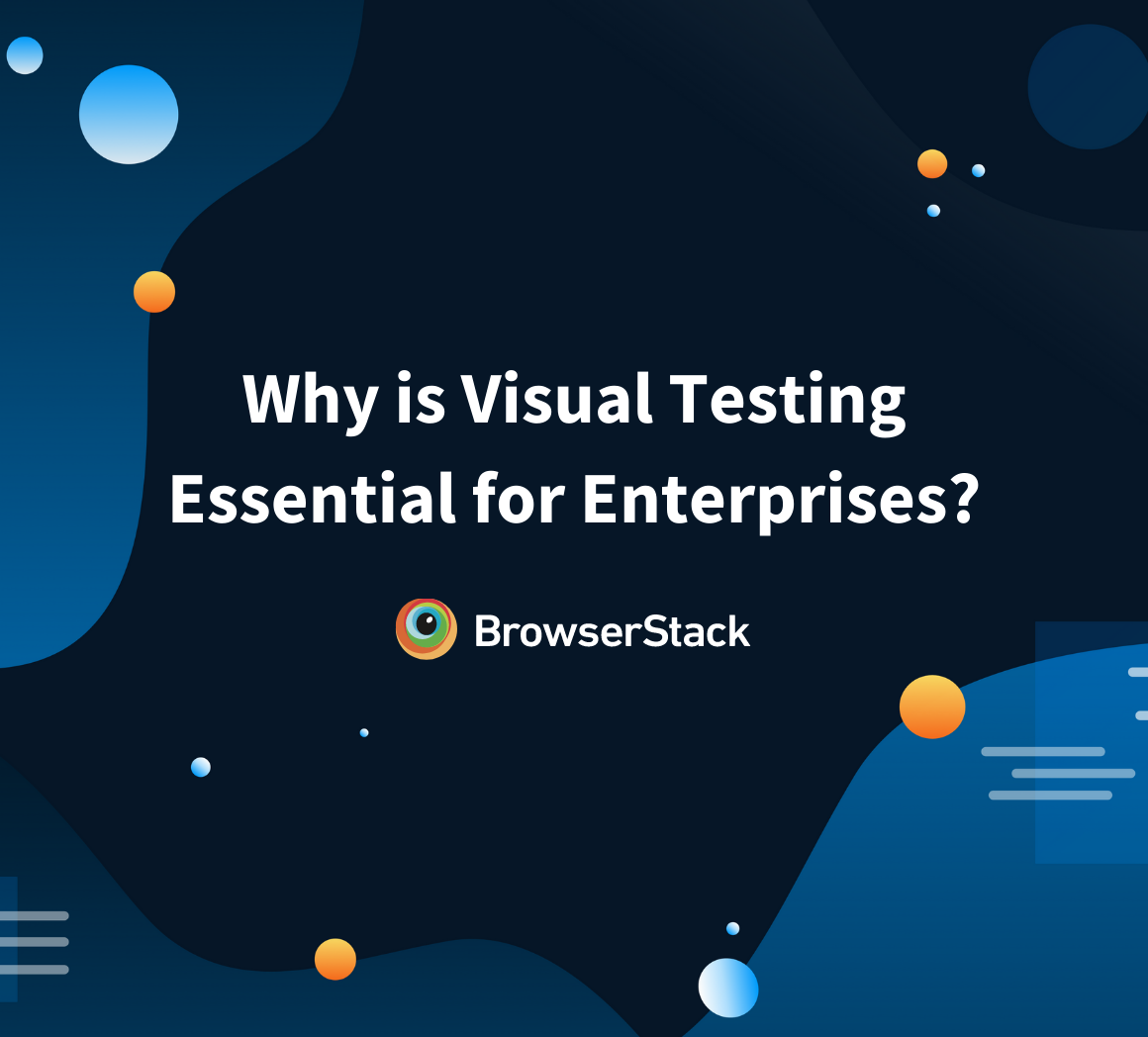5 Techniques to Increase Visual Coverage
By Kitakabee, Community Contributor - August 1, 2022
What is Visual Coverage?
Visual Coverage assesses the product’s output and compares it to the outcomes anticipated by design. In other words, it assists in identifying “visual flaws,” which are separate from functional bugs.
The visual entities affect the appearance of a page or screen. Hence it is crucial to test for visual coverage before delivering them to the final user. The process of testing a product or application visually is called Visual testing.
Visual testing becomes quite crucial when you aim to create a better user experience. A slight UI distortion might have a negative impact on the company. Users may experience visual bugs which cause inconvenience.
Visual testing can eliminate bugs and human error and produce pixel-perfect visual coverage. These tests are reusable and transparent because they provide automatic reports that are simple to use and accessible to everyone on the team.
And hence manually doing these tests would consume a lot of time & resources. Therefore an automated Visual testing tool can aid in accelerating this visual coverage and lowering errors that can occur during manual verification.
Tools for testing visual layouts use methods like pixel-by-pixel comparison and visual diffs. These testing tools are used by software developers, QA teams, and application owners or managers to ensure that there are no unforeseen design changes. Functional testing and visual testing frequently coexist. When performing visual layout testing, be sure to examine the subtleties of the following:
- GUI (Graphical User Interface) elements’ location and size
- Validations for screens
- Image symmetry
- Text positioning
- Navigations and links
- Data reliability
- Usability requirements
Why Should Enterprises Focus on Increasing Visual Coverage?
Enterprises must make sure that their web presence is as strong as possible. Just as crucial as how well it functions is how a website or app looks.
Your website or app should appear alike on every device, browser, and operating system with which it is viewed. All the elements, such as a button, link, or menu, must appear to the user in the exact location as designed. Visual Testing shows the tester if the website appears as it is supposed to be.
Here are some ways that can help leverage the brand’s visual coverage:
- Get critique-ready: Receiving criticism might help you refine your design’s justification or broaden your thinking to find a better, more sensible option.
- Diverse viewpoints improve the design: A diversity of viewpoints and ideas, regardless of social identity, academic background, or geographic location, can highlight your blind spots and produce a solution that works for a more significant number of individuals.
- Show modesty: The biggest obstacle to your advancement is frequently you. Be flexible and open to criticism, modification, and new knowledge!
- Discover what inspires you: It would help if you were always motivated to improve yourself and step beyond your comfort zone, whether working on a personal project or taking in other people’s creative work.
Also Read: Why is Responsive Design Testing Important?
5 Techniques to Increase Visual Coverage
These are five simple techniques that will help you increase your visual coverage.
- Using Visual Testing Tools
- Decoupled Testing at varied Business Levels
- Focus on Good
- Visual comparison testing on the cloud
- Make use of a variety of Visuals
1. Using Visual Testing Tools
There are countless tools available for visual testing graphic layouts. However, we have compiled a list of possibilities that will be quite helpful to you to save you from the never-ending dilemma of having to make a wise choice. So, to assist you in making a decision, below is a selection of the most potent visual layout testing tools. Let’s look at it.
- Percy
Visual testing can now be simplified using automated online tools such as Percy. The testers can integrate Percy into the existing CI/CD pipeline & review all visual changes with every commit. Screenshot or snapshot testing is a technique used in first-generation automated visual testing. Snapshot testing compares the pixels of a screen’s bitmap recorded at various moments throughout a test run to a baseline bitmap. Percy helps in visual testing by capturing and comparing screenshots against baseline & highlights the visual changes. With increased visual coverage, teams deploy and release every commit faster with confidence.
Perform Visual Testing on your Website now!
- Selenium
Selenium has developed a reputation for being an umbrella project in testing for all different browsers and their versions as a visual regression testing tool. Most testers use it as a Firefox extension to make a recording, editing, and troubleshooting easier. Web testing is supported, and GUI testing is made simple by this open-source visual layout testing tool. Incase, you are looking to get started, check out this tutorial on how to run visual testing with Selenium.
Read our guide on Visual Test Automation to know more about the different automation frameworks and tools that you can use to test your website and applications.
2. Decoupled Testing at varied Business Levels
You can clearly define roles for teams executing integration, system, acceptance, and unit tests with a separate automated pipeline that tests visual variations between application versions. It provides a seamless layer of business validation prior to every release and is integrated into the CI/CD workflow.
3. Focus on Good
Like your normal material, develop the practice of constantly sharing relevant stuff on various social media platforms and offering value. You may increase conversion rates and create more devoted followers by using unique, timely, and creative movies or photos that connect with your audience.
Visual coverage can go a long way toward attracting new leads eager to share what you have to offer. It should embody and express your business message in the best possible way.
4. Visual Comparison Testing on the Cloud
Visual ambiguities must be fixed since they can divert users from their intended paths. Visual testing is the only technique that can do this rapidly, precisely, and completely.
Also Read: Is Visual Comparison Testing the Future
Although cloud testing offers a wide range of advantages, its speed, affordability, and capacity for comprehensive coverage stand out as the most important. By offering a real-world testing environment that is equivalent to the production environment, cloud testing technologies help businesses save time and money. Simply register, choose the actual devices you wish to test on, and start flagging bugs.
Cloud testing can offer thorough coverage in addition to being quick and affordable. Teams and QA managers can achieve their goals more quickly, with higher accuracy, and with less expenditure by choosing to do testing in the cloud. Cloud testing is simple, quick, and useful, enhancing both technical and commercial precision.
5. Make use of a variety of Visuals
Apart from photographs on your social media pages, videos are incredibly helpful for illustrating a typical situation and portraying your product as the shining hero.
While many less expensive forms of visual coverage are accessible, films give your campaign more credibility by demonstrating to your viewers that you are willing to go above and beyond for quality.
Infographics are also incredibly popular; people can’t get enough of them.
Thus, We can confidently assert that an infographic will increase client engagement. When designed and used well, eye-catching infographics may be extremely effective marketing tools that help convey a great deal of information quickly and comprehensively.
The visual coverage helps to determine whether you are testing sufficiently or not. Insufficient visual coverage for an application increases the likelihood that issues may surface in the production environment, and this will lead to the release of software free of bugs. Hence, it becomes essential for mobile and web teams to achieve optimum visual coverage for the application they produce.





